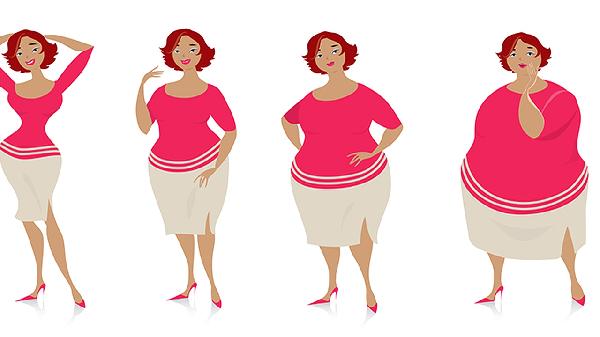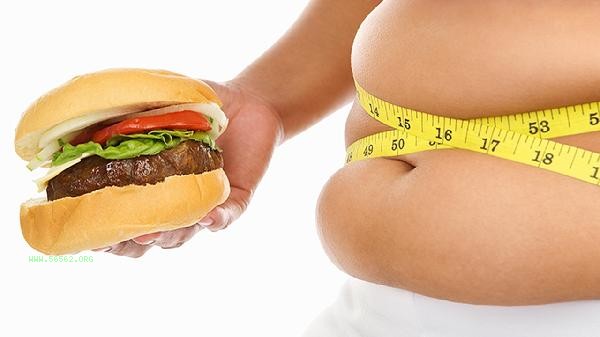Slow jogging for half an hour generally consumes 200-300 calories, and whether weight loss can be achieved depends on a comprehensive assessment of diet and other forms of exercise. The calorie expenditure is influenced by factors such as body weight, intensity, speed, and terrain. Continuous jogging combined with dietary control can help with weight loss. Slow jogging is a moderate intensity aerobic exercise, where an adult weighing 60 kilograms burns approximately 240 calories by running at a speed of 8 kilometers per hour for half an hour. This calorie is equivalent to the energy of a bowl of rice or a hamburger, and it requires long-term persistence to show weight loss effects. Maintaining a heart rate in the range of 60% -70% of maximum heart rate during running can optimize fat burning efficiency, and the body will continue to burn additional calories after exercise. People with a larger weight base burn more calories while jogging, and those weighing 90 kilograms may consume over 350 calories under the same conditions. However, overweight individuals should pay attention to protecting their knee joints and it is recommended to alternate between brisk walking and slow jogging. The difference in calorie consumption between treadmill and outdoor flat running is not significant, but running uphill or downhill or running at different speeds can increase calorie consumption by about 20%.

It is recommended to combine jogging with other forms of exercise, maintain a frequency of 4-5 times a week, and replenish water and appropriate protein in a timely manner after each exercise. During the weight loss period, it is necessary to ensure a daily calorie intake of less than about 500 calories, avoid high sugar and high-fat diets, and persist for more than three months to achieve significant weight loss effects. If discomfort symptoms such as knee pain occur, adjust the intensity of exercise or consult a professional physician.










Comments (0)
Leave a Comment
No comments yet
Be the first to share your thoughts!